How to start a side hustle without overthinking it
This guide isn’t theory. It’s shaped by years of coaching sessions, real conversations, and the practical shifts that people tested until they found what actually works.
Starting a side hustle doesn’t have to mean late-night stress sessions, endless research, or trying to build the next billion-dollar startup.
It’s about testing small, doable ideas that fit into your real life, and learning as you go.
Why you should start a side hustle while working full-time
If you’ve been toying with the idea of starting a side hustle but keep brushing it off, let me ask you this: why not now? The idea of balancing a full-time job with a side business might seem overwhelming at first, but the benefits far outweigh the challenges. In fact, it could be one of the best decisions you make for your future.
Here’s why starting a side hustle while holding down a full-time job can be a game-changer.
Extra income (who doesn’t want that?)
Let’s start with the most obvious perk: more money. Whether you’re trying to pay off debt, save for a big purchase, or just add a little breathing room to your budget, a side hustle gives you that extra financial cushion. It’s nice to have something coming in that’s not tied to your 9-to-5.
What’s even better? You’re not putting all your financial eggs in one basket. If your main job hits a rough patch (fingers crossed it doesn’t), your side hustle is there as a backup. And as you build it, that extra income might just turn into your main source of revenue one day.
Turn your passion into profit
We all have hobbies and passions that, let’s be honest, we wish we had more time for. A side hustle lets you turn that passion into something that pays. Love writing? Start freelance blogging. Obsessed with photography? Offer event or portrait sessions. Whatever your interests, there’s probably a way to monetize them.
And here’s the magic: doing something you love, even part-time, can bring a new level of joy and fulfillment into your life. It might not feel like “work” at all, which makes the extra hours worth it.
Build skills that your 9-5 won’t teach you
Your full-time job likely focuses on a specific set of skills. But a side hustle? It’s an opportunity to expand your skill set in ways your current role may not offer. Whether you choose to do marketing, customer service, accounting, or create content for YouTube, running your own side gig teaches you valuable skills that can actually make you better at your day job.
Plus, you’ll build a different kind of confidence; one that comes from creating something of your own from scratch. That entrepreneurial mindset can sharpen your problem-solving abilities and push you out of your comfort zone, opening up all kinds of new opportunities in your career and life.
Read: Why your 9-to-5 isn’t the problem, but your creative soul is bored to tears
Starting a side hustle is a path to financial freedom
One of the most powerful reasons to start a side hustle while working full-time is that it gives you the potential to become financially independent. Let’s face it, most of us aren’t going to get rich on a single salary.
A side hustle can grow into something much bigger than you ever imagined. Many successful entrepreneurs started their businesses on the side before taking them full-time. Think of it as planting a seed while still having the security of your full-time income. Over time, with consistency and effort, your side hustle might become your primary hustle, freeing you from the 9-to-5 grind altogether.
It’s a safety net (just in case)
In today’s economy, nothing is certain. While it’s great to have a stable job, life can throw curveballs. Companies downsize, industries shift, and sometimes, we’re left scrambling. Having a side hustle can be a safety net if things change unexpectedly.
It’s easier to manage life’s unpredictability when you have something of your own to fall back on. If your day job situation ever changes, you’ll already have an income stream that you can focus on growing.
You’ll learn better time management (yes, really)
One of the biggest concerns people have about starting a side hustle is, “Will I have time for this?” The truth is, when you’re passionate about something, you’ll find the time. And what’s amazing is that it teaches you how to manage your time like a pro.
You’ll quickly learn how to prioritize, batch tasks, and work efficiently. Surprisingly, this doesn’t just make you better at running your side hustle, it makes you better at your full-time job too. Suddenly, you’re finding pockets of time you didn’t even realize existed.
Because no one else will do it for you
Let’s be real. If you’re waiting for the perfect time to start, you’ll be waiting forever. There’s always going to be some reason not to take the plunge. But the reality is, no one else will build your dreams for you. Starting a side hustle now gives you the power to shape your own future.
Maybe it’ll stay as a small gig you enjoy after work. Or maybe, just maybe, it’ll grow into something that lets you say goodbye to your full-time job for good. Either way, you’ll never know unless you start.
Starting a side hustle doesn’t have to be a massive commitment or a source of stress. With the right planning, it’s a manageable and rewarding way to diversify your income, build new skills, and create something that’s uniquely yours. And the best part? You can do it all while keeping the security of your full-time job.
So, what are you waiting for?
It’s common, and normal, for people to put off starting a side hustle for many reasons. Scan the list of “reasons” below and click the one that feels most like yours to jump to that section:
I want a side hustle but don’t know what to sell.
Feeling blank is normal. You don’t need a “big idea”; you need a small, helpful offer someone will happily pay for. Start by shopping your own “pantry”: the skills, experiences, and tools you already have (yes, even the weird ones). Then shape one of those into a tiny, testable offer.
Beginner skills to practice:
Inventory what you already do well. Include paid work, hobbies, favors you do for friends, problems you’re good at solving, and tools you know (Canva, Google Sheets, hair braiding, decluttering, basic tech setup).
Translate skills into outcomes. People don’t buy “skills”; they buy results (clean closet, working laptop, polished résumé, meal plan for the week).
Choose a simple offer to begin. For your first test, offering a service is often the fastest: done-for-you, done-with-you (coaching/teaching), or a tiny digital product (template/checklist) you can make in a day.
Define a small scope. Promise one clear result in a short time frame (e.g., “90-minute phone declutter” or “2-hour pantry reset”).
Test with a real human. Share your starter offer where you already have trust, like with friends, neighbors, school/work communities. (Launch quietly and learn.)
A past client of mine, Maya, loved organizing but thought she needed a fancy, branded website and social media presence before she could take on a client. We made a tiny, clear offer: “2-hour closet reset: sort, refold, donate pile, and a simple system: $60.” She posted it in her neighborhood Facebook group, booked two Saturday sessions, and got photos + testimonials. Those first paid hours did more for her confidence than a month of brainstorming names and logos.
Start with these quick wins
Do a 15-minute “pantry list.” Set a timer. Write five columns: skills, tools, things people ask me for, results I can create, and constraints. Fill each quickly without judging each item for whether it would sell. Circle items that appear in two or more columns. Those are strong starting points.
Shape one idea three ways. Take a circled item and draft:
Done-for-you (service): “I’ll set up your weekly meal plan and grocery list for you.”
Done-with-you (coaching/lesson): “We’ll plan your meals together in 45 minutes so you can repeat it next week.”
Tiny digital (template): “Printable one-page meal plan + grocery list you can reuse.”
Pick the simplest to test this week. Services usually win for speed.
Write a one-sentence offer and post it where you think your ideal buyer hangs out. Use this format: “I help [who] get [specific result] in [time frame] for [starter price]. I have 3 beta spots this week. DM me.”
Example: “I help busy parents get a 7-day dinner plan in 45 minutes for $25. I have 3 beta spots this week. DM me.” Posting to a warm group (meaning they kind of know you) beats tinkering with a website and waiting to get noticed (promise).
TOOLS AND RESOURCES
FREE TOOL: Should I start a side hustle?
A quick worksheet to help you decide if now is the right season to give it a try.
FREE TOOL: 50 Side hustle ideas eBook
Stuck for ideas? This list will spark your creativity and help you see what could fit your skills, interests, and lifestyle.
Books worth exploring:
*Side Hustle: From Idea to Income in 27 Days by Chris Guillebeau: Structured idea-to-test plan.
*Designing Your Life by Bill Burnett & Dave Evans: Practical ideation + prototyping for career/offer ideas.
*Show Your Work! by Austin Kleon: Easy ways to share your developing offer to attract your first customers.
*Heads-up: Some of the links on this page are affiliate links, which means I may earn a small commission if you choose to make a purchase, at no extra cost to you. I only recommend tools and resources I genuinely believe are helpful. Thank you for supporting the work I do here.
I have too many ideas and don’t know where to start.
Having a flood of ideas is exciting. You can almost see yourself selling crafts, running a YouTube channel, tutoring, or walking dogs. But too many options can leave you spinning. You freeze, thinking you need to pick the “perfect” idea.
Here’s the truth: side hustles are experiments, not forever commitments. You don’t need to find “the one” any more than you need to marry the first person you date. You just need to pick something you can try soon; something simple enough to test without overhauling your life.
To move forward, you’ll practice three beginner-friendly skills:
Filter by simplicity. Which idea could you try this week without buying tons of supplies or learning new software?
Choose with curiosity. Instead of asking “What will succeed?” ask, “What would I enjoy testing first?”
Rotate later. You’re not giving up on your other ideas; you’re just putting them in the pantry for later use.
Think of it like ordering at a restaurant. You don’t have to taste everything today. Pick one dish, see if you like it, and come back another time to try the rest.
A client of mine had a notebook crammed with ideas: baking, T-shirt design, tutoring. She chose tutoring because she already had the skill and could start with no prep. Within two weeks, she earned her first $40, and more importantly, her confidence.
Start with these quick wins
Write down your top three ideas. Don’t keep them swirling in your head because it only makes them feel bigger and scarier. When you see them on paper, you can look at them side by side and compare them. This simple act of externalizing thoughts often reduces feelings of overwhelm.
Circle the easiest one to test. Ask yourself: Which idea could I try this week with what I already have at home or on my laptop? For example, tutoring requires no inventory, while making candles might require supplies. The one with fewer barriers wins for now.
Set a 30-day experiment. Write down: “For the next 30 days, I’ll test [idea]. After that, I’ll decide what’s next.” This timeline gives you permission to start without worrying about forever. Think of it like a trial subscription; you’re just seeing how it feels before committing long-term.
TOOLS AND RESOURCES
Books worth exploring:
*The $100 Startup by Chris Guillebeau: Great for seeing how people turned simple ideas into income with very little upfront investment.
*Start with Why by Simon Sinek: Helps you think about your deeper motivation for picking one idea over another.
*Heads-up: Some of the links on this page are affiliate links, which means I may earn a small commission if you choose to make a purchase, at no extra cost to you. I only recommend tools and resources I genuinely believe are helpful. Thank you for supporting the work I do here.
Podcasts worth exploring:
Side Hustle School (Chris Guillebeau): Daily short episodes where each story begins with someone picking an idea and trying it.
How I Built This (NPR, Guy Raz): Inspiring origin stories (a bit bigger in scale, but helpful for seeing how small beginnings lead somewhere).
I’m scared I’ll fail or waste my time.
Fear is normal. It just means you care. But beginners often picture the worst-case scenario: embarrassment, wasted money, or friends judging them. Here’s a reframe: Failure isn’t proof you’re bad at this, it’s proof you tried. Every “failed” test gives you data for what to change next.
Your job isn’t to build a flawless side hustle right away. Your job is to lower the stakes so you can start small. Treat each step like dipping your toe in the water, not diving into the deep end.
Beginner skills needed here are:
Break ideas into tiny steps. Instead of “launching an online shop,” try “selling one item to one person.”
See feedback as gold. Even if someone says “no,” you’ve learned something.
Track what you learn. A simple notebook works, You’re collecting lessons, not failures.
One client of mine dreamed of starting a baking business but was really worried nobody would buy anything. So, instead of building a website and brand, she made muffins and sold them at soccer practice. They sold out in minutes. For her, it was proof of demand without risking anything major.
Read: 10 Common side hustle mistakes (and how to avoid them before you start)
Start with these quick wins
Design one tiny test. For example, instead of building an online shop, try selling one product to a friend or posting one offer in a local Facebook group. The smaller the test, the safer it will feel. Think of it like dipping your toe in the pool instead of cannonballing.
Limit your budget. Put a cap on your first test, say $20 or less. This keeps the risk low and makes it easier to tell yourself, “Even if this doesn’t work, it was worth the lesson.”
Track what you learn. After each test, jot down one thing you discovered: Did people respond? Did they ask questions? Did they ignore it? The goal isn’t to measure success yet; it’s to gather information you’ll use to improve your next step.
TOOLS AND RESOURCES
Books worth exploring:
*Feel the Fear and Do It Anyway by Susan Jeffers: Practical strategies for moving through fear.
*Fail Fast, Fail Often by Ryan Babineaux and John Krumboltz: Teaches how to treat experiments as progress.
*Heads-up: Some of the links on this page are affiliate links, which means I may earn a small commission if you choose to make a purchase, at no extra cost to you. I only recommend tools and resources I genuinely believe are helpful. Thank you for supporting the work I do here.
Podcasts worth exploring:
The Mindset Mentor by Rob Dial: Short episodes on fear, motivation, and reframing setbacks. Available on Spotify or Apple Podcasts.
The Tim Ferriss Show: Especially episodes where guests talk about failures that shaped their eventual success.
I don’t have the time or energy.
The biggest myth is that side hustles require late nights and “hustle culture.” They don’t. Beginners succeed by stacking tiny chunks of time consistently, not by working 10 extra hours a week.
Think in terms of “minimum viable effort.” What’s the smallest action that still moves you forward? That might mean posting once on social media, creating a simple flyer, or reaching out to one possible client. Done regularly, small actions build momentum.
Beginner skills needed here are:
Spot hidden windows. Look at commutes, lunch breaks, or waiting-in-line time.
Protect your energy. Don’t sacrifice rest because you’ll burn out before you start.
Celebrate small wins. Motivation comes from noticing progress, not perfection.
One dad I coached launched his photography side hustle by editing photos during school pick-up waits. After a few months, he started booking weekend shoots without losing family time. Pretty strategic, right?
Start with these quick wins
Find one 20-minute slot this week. Look at your schedule like a puzzle. Maybe it’s your commute, a lunch break, or a moment before bed. If you find even one small window, you’ll prove to yourself that a side hustle is possible.
Pick your “minimum viable step.” Instead of trying to set up a full business, choose one tiny action: draft a list of services, open a free social media page, or tell a friend what you’re offering. Minimum viable steps build momentum without draining your energy.
Celebrate small milestones. Did you finish your first post? Did you brainstorm five names? Celebrate it. Beginners often ignore these wins, but noticing them fuels your motivation. A side hustle grows out of consistent tiny steps, not giant leaps.
TOOLS AND RESOURCES
Books worth exploring:
*168 Hours: You Have More Time Than You Think by Laura Vanderkam: Reframes how you look at your weekly schedule.
*Atomic Habits by James Clear: Shows how stacking small habits leads to real results (perfect for limited-time hustlers).
*Heads-up: Some of the links on this page are affiliate links, which means I may earn a small commission if you choose to make a purchase, at no extra cost to you. I only recommend tools and resources I genuinely believe are helpful. Thank you for supporting the work I do here.
Podcasts worth exploring:
The Productivity Show (Asian Efficiency): Tips on using small amounts of time effectively.
Before Breakfast (Laura Vanderkam): Very short daily episodes about squeezing meaningful actions into busy days.
I get stuck in research mode.
Research feels safe because it means you’re just learning without risk. But too much research keeps you in planning mode forever. You don’t need to know everything before you start. You need just enough information to take the first action.
There are two types of learning:
Just-in-case learning: Collecting knowledge “in case” you need it.
Just-in-time learning: Learning only what you need for your next step.
Beginners move faster when they focus on “just-in-time learning.” For example, don’t watch 20 YouTube videos about starting a podcast. Record one episode first. Once you’ve tried doing it on your own, the next bit of research will make a lot more sense. When you run into a problem or something isn’t working, then do research on that one part.
A client I worked with spent six months researching podcasting. Finally, he just recorded one rough episode and shared it. The feedback he got in one day taught him more than hours of tutorials ever could. He’d tell you to “Just start”.
Start with these quick wins
Give yourself a research cap. Set a timer for two hours (max). At the end, you must act on what you learned (no more searching “just in case”). This prevents you from confusing endless research with real progress.
Write a “next step list.” Instead of collecting more articles, list the next two tangible actions you can take. For example: “Record one practice video” or “Draft one product description.” This shifts your brain from passive intake to active doing.
Share a messy draft. Record a rough version, make a sample, or sketch out your offer, and then show it to someone you trust. Their reaction will give you more clarity than another 10 hours of Googling.
TOOLS AND RESOURCES
Books worth exploring:
*The Lean Startup by Eric Ries: Teaches the principle of testing fast instead of overplanning (don’t let the “startup” word scare you; the lessons apply to side hustles).
*Stop Overthinking by Nick Trenton: Practical tools for breaking analysis paralysis.
*Heads-up: Some of the links on this page are affiliate links, which means I may earn a small commission if you choose to make a purchase, at no extra cost to you. I only recommend tools and resources I genuinely believe are helpful. Thank you for supporting the work I do here.
Podcasts worth exploring:
The Minimalists Podcast: Episodes often push you to act on “enough” instead of collecting more.
Smart Passive Income (Pat Flynn): Many episodes stress starting messy and improving as you go.
I don’t know what to charge or if anyone will pay.
Pricing is one of the scariest parts for beginners. You don’t want to charge too much and scare people off, or too little and feel undervalued. Here’s the thing: your first price doesn’t have to be the price you charge forever. It’s just a starting point to test the market.
The mindset shift is this: Pricing is information, not your identity. If someone says no, it doesn’t mean you’re not worth it, it just means you need to adjust something.
Beginner pricing skills:
Set a baseline. Look at what others charge for similar work.
Pick a starter price. Aim for “slightly uncomfortable but doable.”
Adjust as you go. Use feedback, demand, and your confidence to raise rates.
I once worked with a woman who started freelancing design work at $50 per project. Her first client was thrilled and even tipped her. That gave her the courage to bump her price up the next time. Bonus: She got a fantastic review from that first client which helped her get more clients. They didn’t know what the first client paid.
Start with these quick wins
Research three similar offerings. Look up what others are charging in your niche. Try Etsy shops, freelancers, or local businesses. This should give you a realistic range instead of guessing blindly.
Pick a starter price. Choose a number that feels slightly uncomfortable but not ridiculous. If you go too low, you’ll resent it; too high, and you’ll freeze. Think of it as your “practice price” that you’ll adjust later.
Ask one person directly. Share your idea with a friend, neighbor, or potential customer and ask, “Would you pay $X for this?” Real feedback (even if it’s a no) is more valuable than spending weeks worrying.
TOOLS AND RESOURCES
Go from “One day I’ll start” to actually launching something small, doable, and profitable, faster than you think. If your brain has been flirting with the idea of a side hustle but you never quite get past the planning stage, you’re not alone. Most people just need a clear plan and a calmer way to begin. This Blueprint helps you sort through your ideas, test them quickly, and build the simplest version so you’re not drowning in overwhelm before you even start.
Books worth exploring:
*Freelance and Business and Stuff by Amy Hood & Jennifer Hood: Beginner-friendly guide to pricing creative services.
*The Psychology of Price by Leigh Caldwell: A simple but eye-opening look at how people perceive value.
*Heads-up: Some of the links on this page are affiliate links, which means I may earn a small commission if you choose to make a purchase, at no extra cost to you. I only recommend tools and resources I genuinely believe are helpful. Thank you for supporting the work I do here.
Podcasts worth exploring:
Being Boss: Covers pricing, money mindset, and building confidence as a creative entrepreneur.
Creative Pep Talk (Andy J. Pizza): Especially episodes about valuing your work and setting prices.
Share this guide to Pinterest.
You don’t need to start with a perfect plan, loads of time, or a flawless price list. You just need to choose one idea, test it in small steps, and learn along the way. Every expert side hustler started as a beginner, often with messy first tries. Your turn.
FAQ: Starting a side hustle without overthinking it
-
Pick the easiest to test in 7 days using skills and tools you already have. Set a 30-day experiment. Decide after 30 days to keep, tweak, or try the next idea.
-
Offer one tiny version of your service or product to one person. Think sample, trial session, or pre-order list. Keep the budget under $20 and write down what you learn.
-
Start with two 20-minute blocks. Use one for outreach or making, the other for delivery or follow-up. Consistency beats long sporadic sprints.
-
Give yourself a two-hour research cap, then take one action. Use “just-in-time” learning: learn only what you need for the next step you will take today.
-
Find the range for similar offers, pick a starter price that feels slightly uncomfortable but fair, and test it with a real person. Adjust based on feedback and demand.
-
Usually no. Test first, then formalize when you have proof of demand. Check local rules for when registration, permits, or tax collection kick in. When in doubt, ask an accountant.
-
Expect mixed feedback at the start. Treat every “no” as data. Refine your offer, your message, or your audience. Small experiments protect confidence while you learn.
-
Start with warm circles: friends, neighbors, school or work communities, local Facebook groups, and buy-sell pages. Offer a simple beta deal in exchange for honest feedback.
-
No. A simple order form, a booking link, or a social page can handle your first 5–10 sales. Build only what supports your next step.
-
Set a weekly time boundary, keep tasks small, and celebrate tiny wins. If your energy dips, pause, simplify the next step, or shorten your session length for a week.


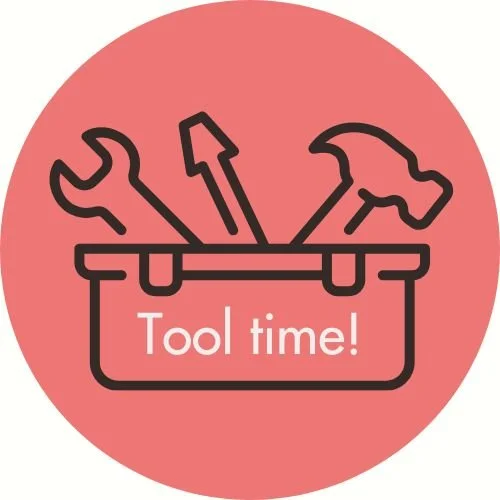
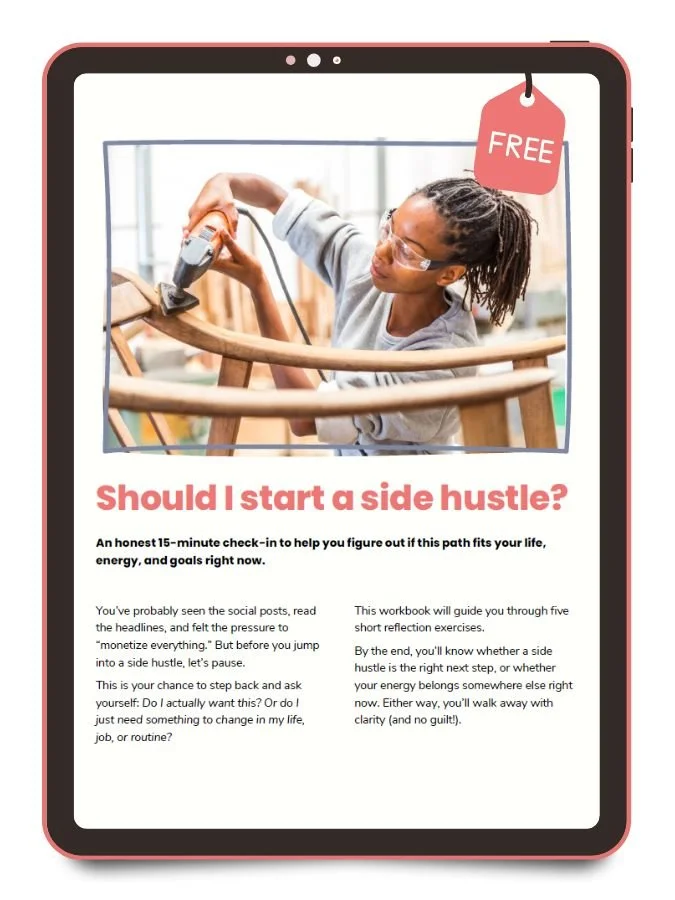

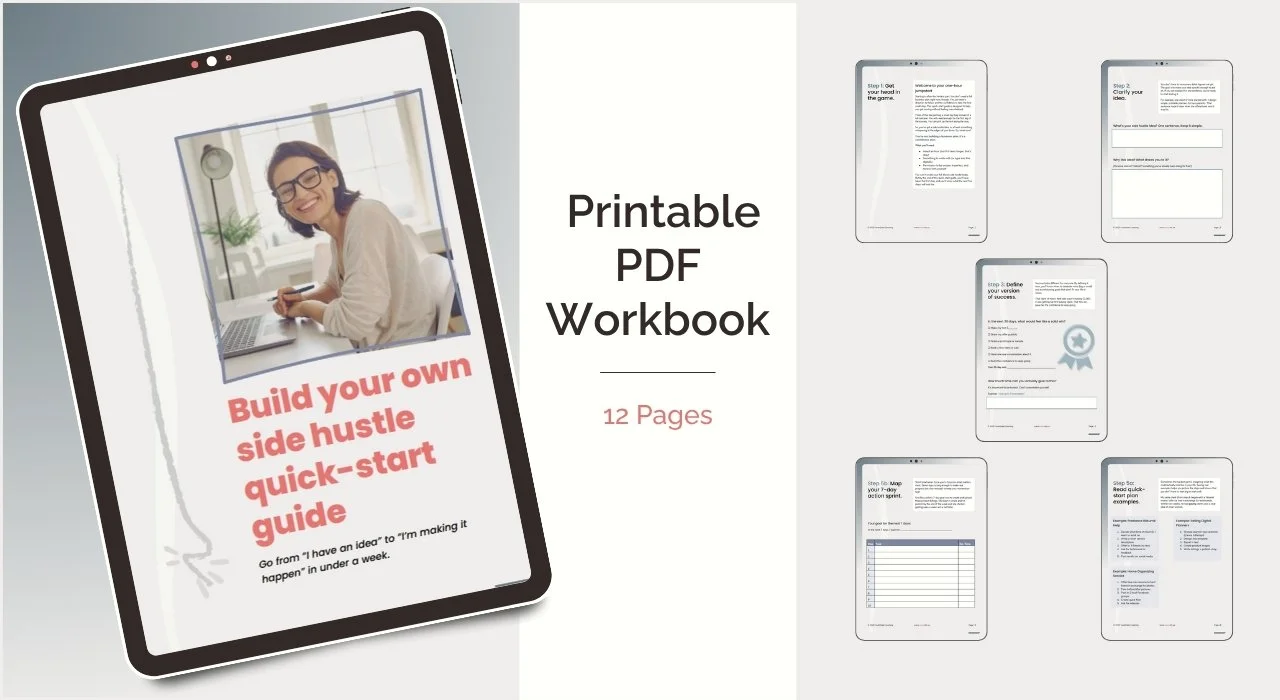

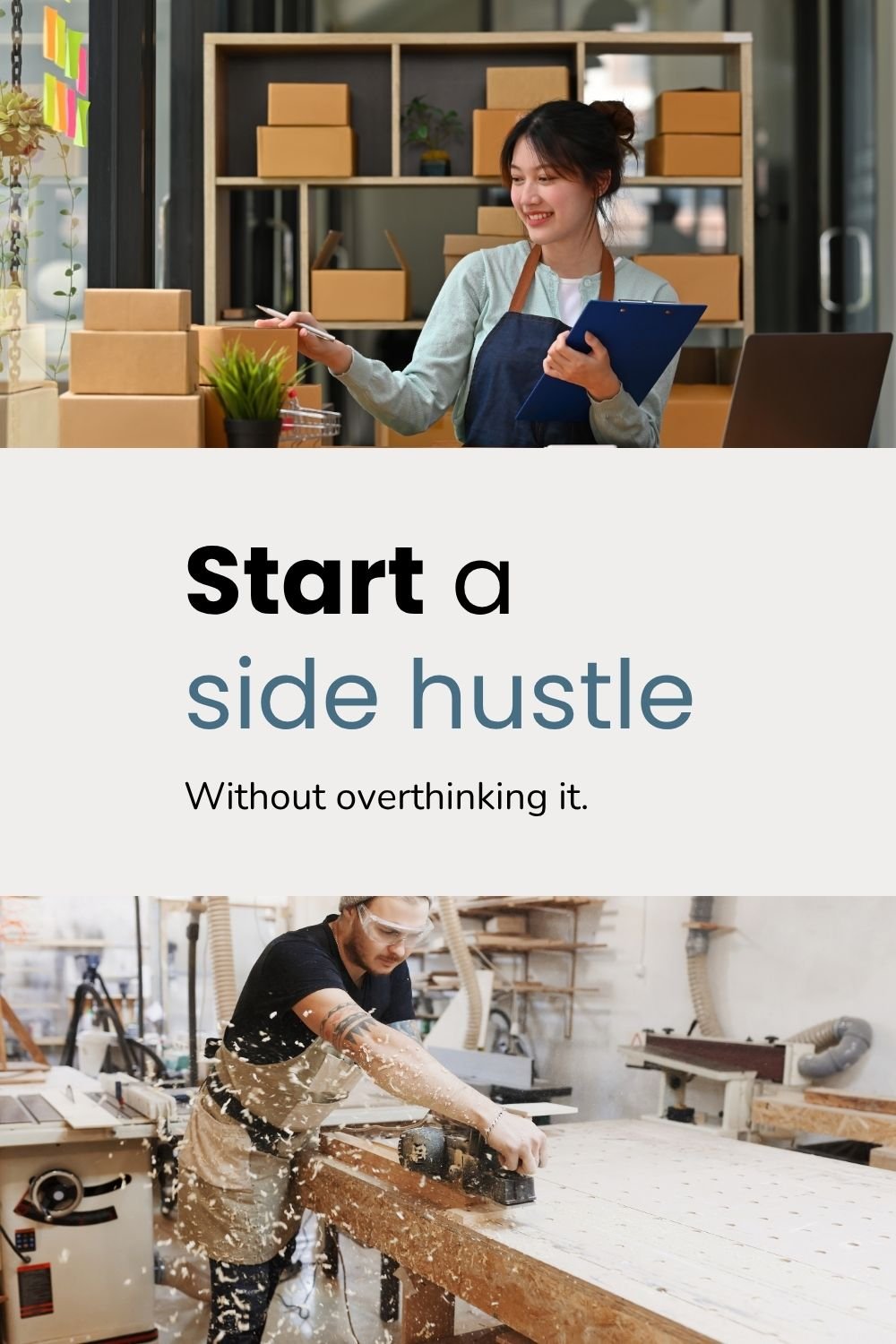

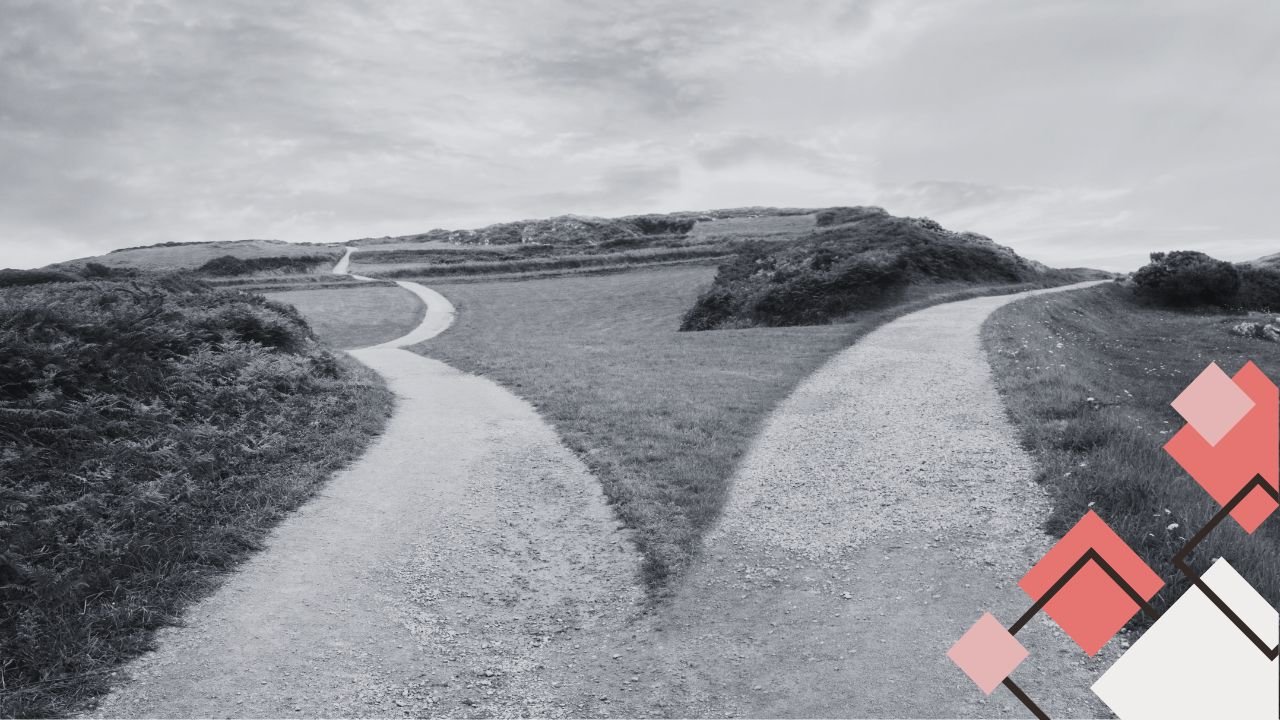








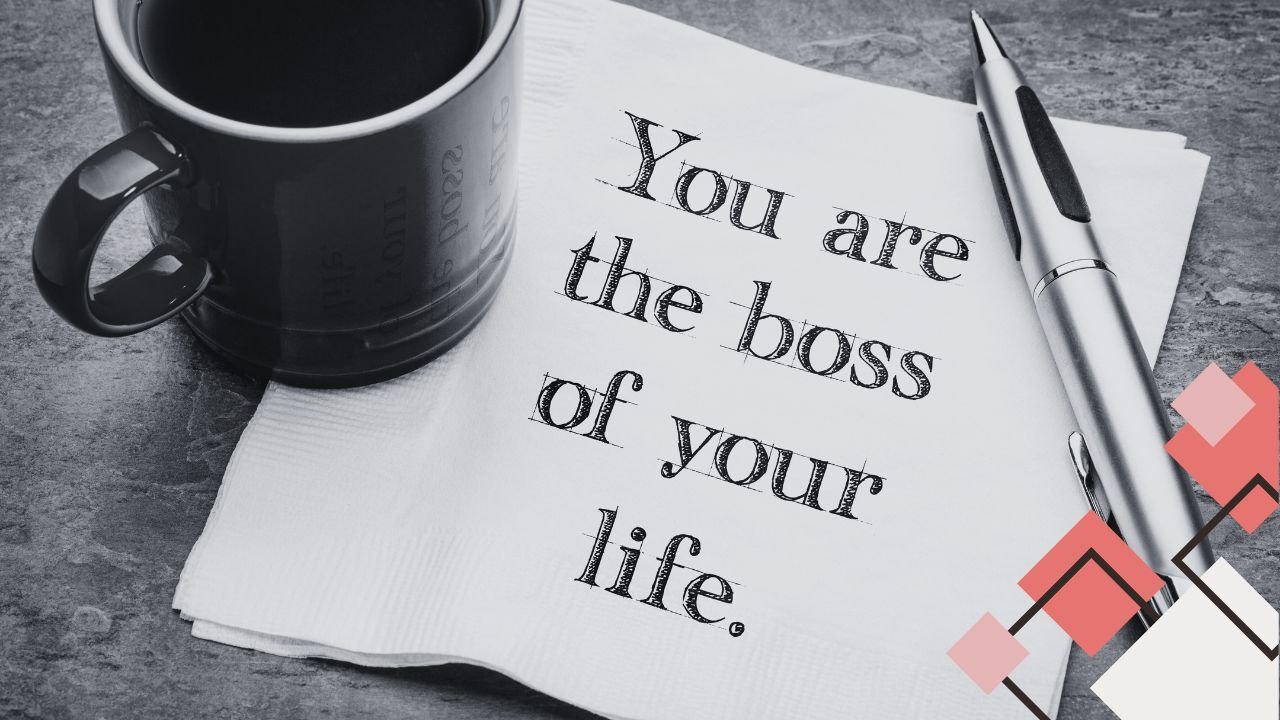
When it comes to starting a side hustle, there are a few common mistakes that can slow you down, waste your time, or even make you want to quit.